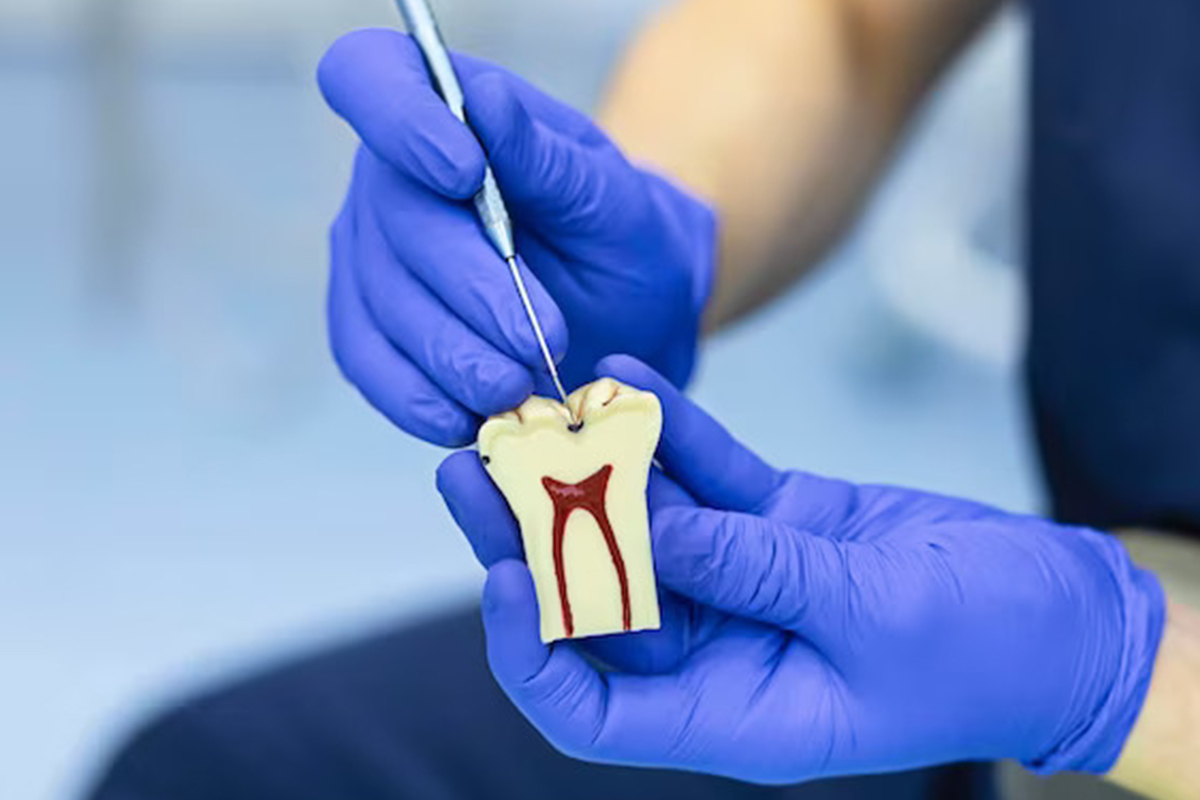
Our clinic, Olive Tree Dental, has a team of proficient dentists that can provide the best root canal treatments to help you prevent various oral complications later in life.
Signs that show that you may have an infected tooth which might need a root canal typically include severe toothache, a chipped or cracked tooth, swollen or tender gums, and prolonged sensitivity to temperature extremes. This type of damage usually happens due to a combination of injuries, including decay, trauma, and repeated dental procedures.
If you experience any of these symptoms, contact our dental professionals and book an appointment with us right away before the infection spreads to adjacent oral structures.






In most cases, after the treated canal is healed, endodontists place a dental crown to protect the treated tooth and restore the patient’s bite. These crowns are custom-made and are usually fabricated in two to three weeks. When the crown is ready, the fillings are removed, and the permanent crowns are installed.
In some cases, dentists may give patients a prescription for an antibiotic to help kill off any remaining infection, if required. They may also provide patients with some after-care instructions to follow in the next few days.
Depending on the area and extent of damage, endodontists also schedule a follow-up appointment. During the follow-up appointment, they will assess the healing process of the treated tooth and might fit it with a crown that matches the color of the patient’s adjacent teeth.








© Copyright 2025 | Olive Tree | Privacy Policy | All Rights Reserved